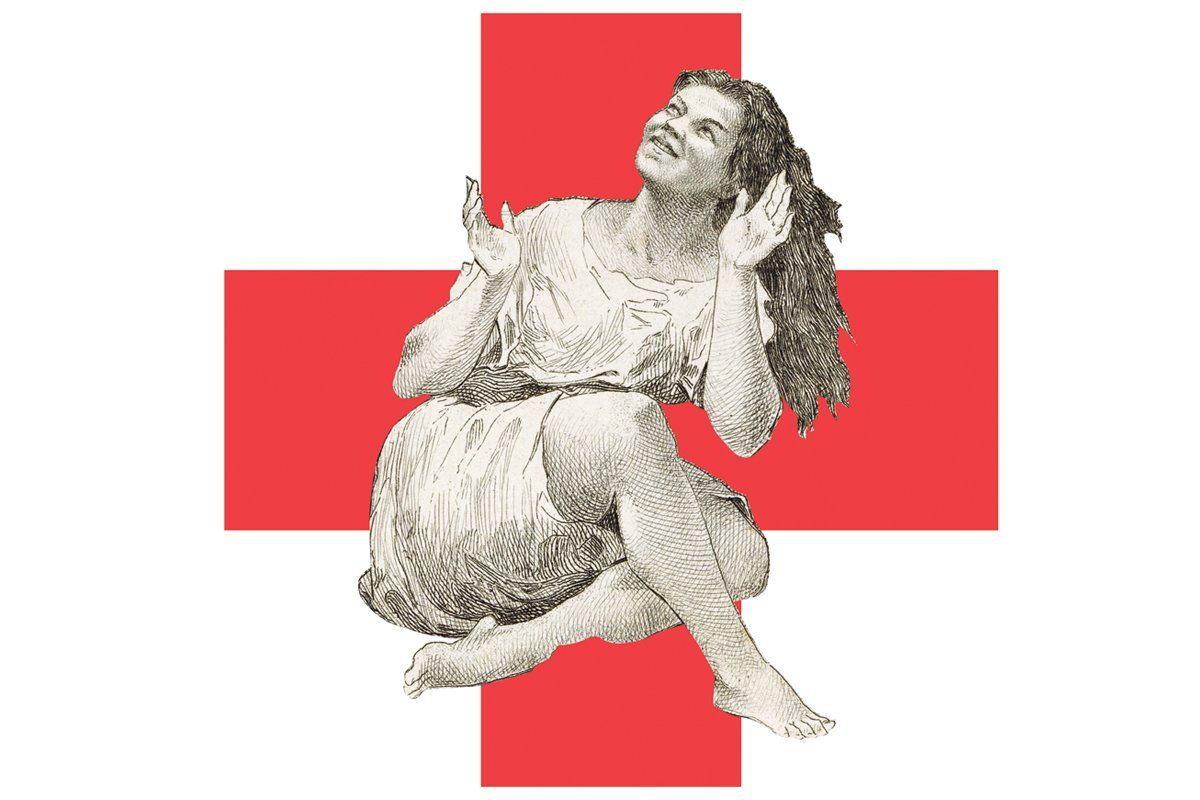


Miller, president and CEO of the Society for Women’s Health Research, has stated that in these cases and in others, “it is common… to be told their pain is just a normal part of being a woman.” These kinds of experiences are incredibly invalidating and often force women to seek out multiple specialists before being properly diagnosed, not because their ailment is particularly rare or difficult to catch, but because doctors dismiss them before those diagnoses can even be considered. This treatment discrepancy is only worsened when women do suffer from a menstrual-related chronic illness such as endometriosis, polycystic ovary syndrome or fibroids. Women are also more easily dismissed because their health concerns are chalked up to symptoms of menstruation.

Women are significantly more likely to be told “their pain is “psychosomatic” or “influenced by emotional distress,” a finding that is disturbingly reminiscent of a female hysteria diagnosis. Tweet It’s All In Your HeadĬountless women know first-hand that doctors take their pain less seriously than men’s: according to a survey of women with chronic pain, 83 percent reported that they had experienced gendered discrimination while seeking treatment. This inadequate treatment is amplified when race, class, body size and age are factored in as points of discrimination. This misinformation has created a dangerous environment in medicine that is alive and well today in which women’s health issues are dismissed, underestimated and misdiagnosed due to a lack of widespread education on female bodies. When misinformation spurred by the toxicity of the patriarchy has run rampant for so much of human history, social consciousness does not change overnight, over a few years, or even over decades. The perception of femininity was deeply entangled with hysteria. Doctors only removed female hysteria from official medical texts in the 1950s for centuries upon centuries before that, men considered women’s health issues mysterious, inconvenient, and a direct result of their being female. When considering the historical medical treatment of women the exact science, or lack thereof, behind female hysteria diagnosis is not as important as the social conditions that allowed it to take place. Charlotte Perkins Gilman famously wrote the eerie and unhinged horror story “The Yellow Wallpaper” after being treated with the rest cure, about a woman who went insane and began seeing and hearing tormented women within the wallpaper of the room she was imprisoned in. To administer this “cure,” men would force a woman to remain bedridden, away from all physical or mental activity for as long as her husband, father, or brother saw fit, which certainly created psychological distress if it was not already present. The (male) medical community’s interest in female hysteria continued into the early 20th century when doctors deemed the “ rest cure ” a viable treatment. Well into the 19th century, “treatment” for female hysteria could even land women in mental institutions. The wandering womb was a way to explain anything in a woman’s behavior or physical state that men deemed difficult or unappealing. Female hysteria’s definition is difficult to summarize because its “symptoms were synonymous with normal functioning female sexuality.” 18th-century French physicians essentially classified it as “something akin to emotional instability.” However, female hysteria’s inception dates back to the ancient Greek theory of the wandering womb. In western cultures, where this belief system is particularly strong, its influence has bred such phenomena as female hysteria. The stereotype that women are weak, fragile and to be protected from strenuous mental and physical activity due to their incompetence has persisted.

This has lasted and thrived into the modern era, resulting in unfounded beliefs about female frailty shaping every facet of our society. Human history can be defined by many threads, one being the millennia spent oppressing women’s bodies, minds and spirits.


 0 kommentar(er)
0 kommentar(er)
